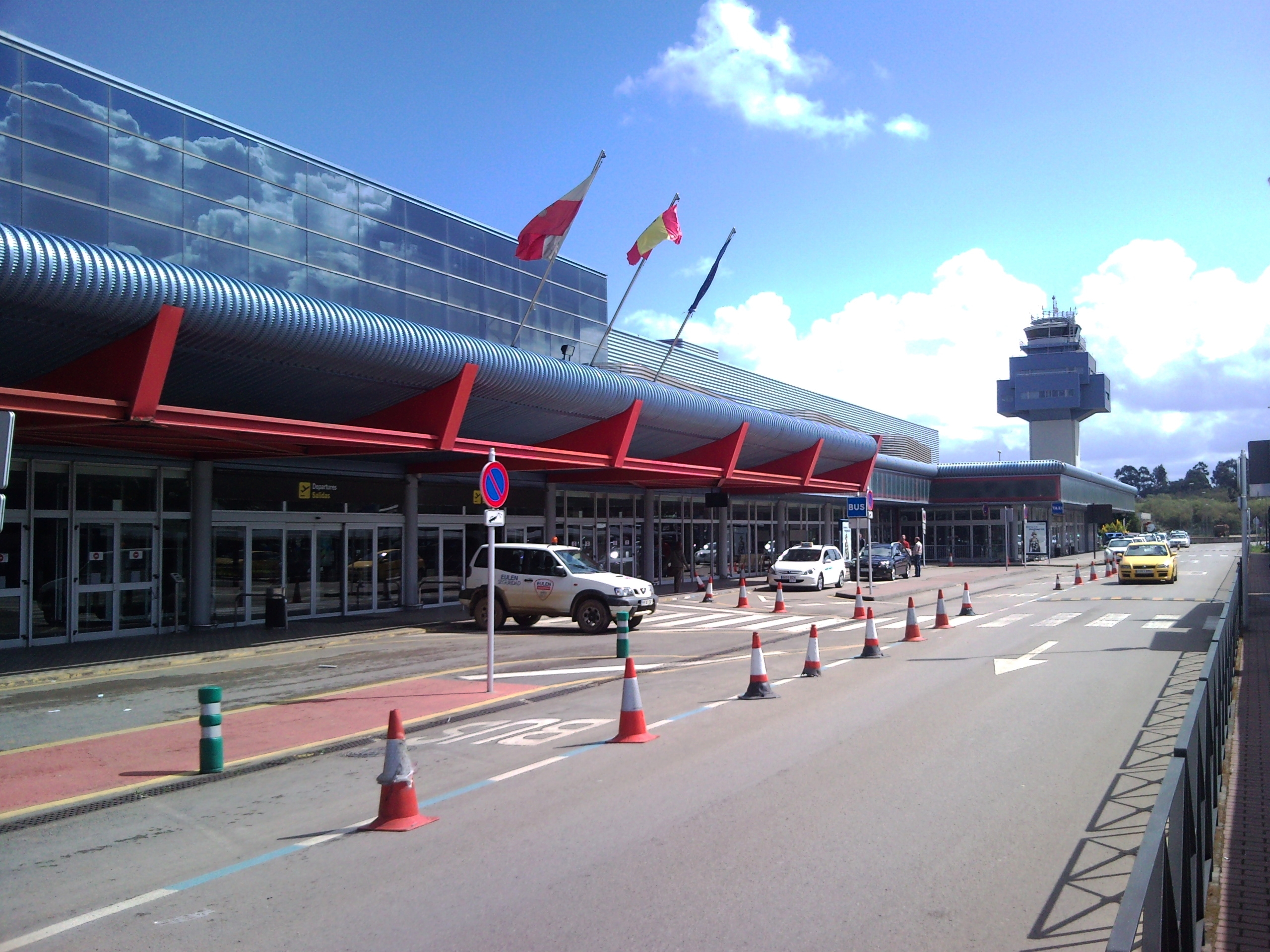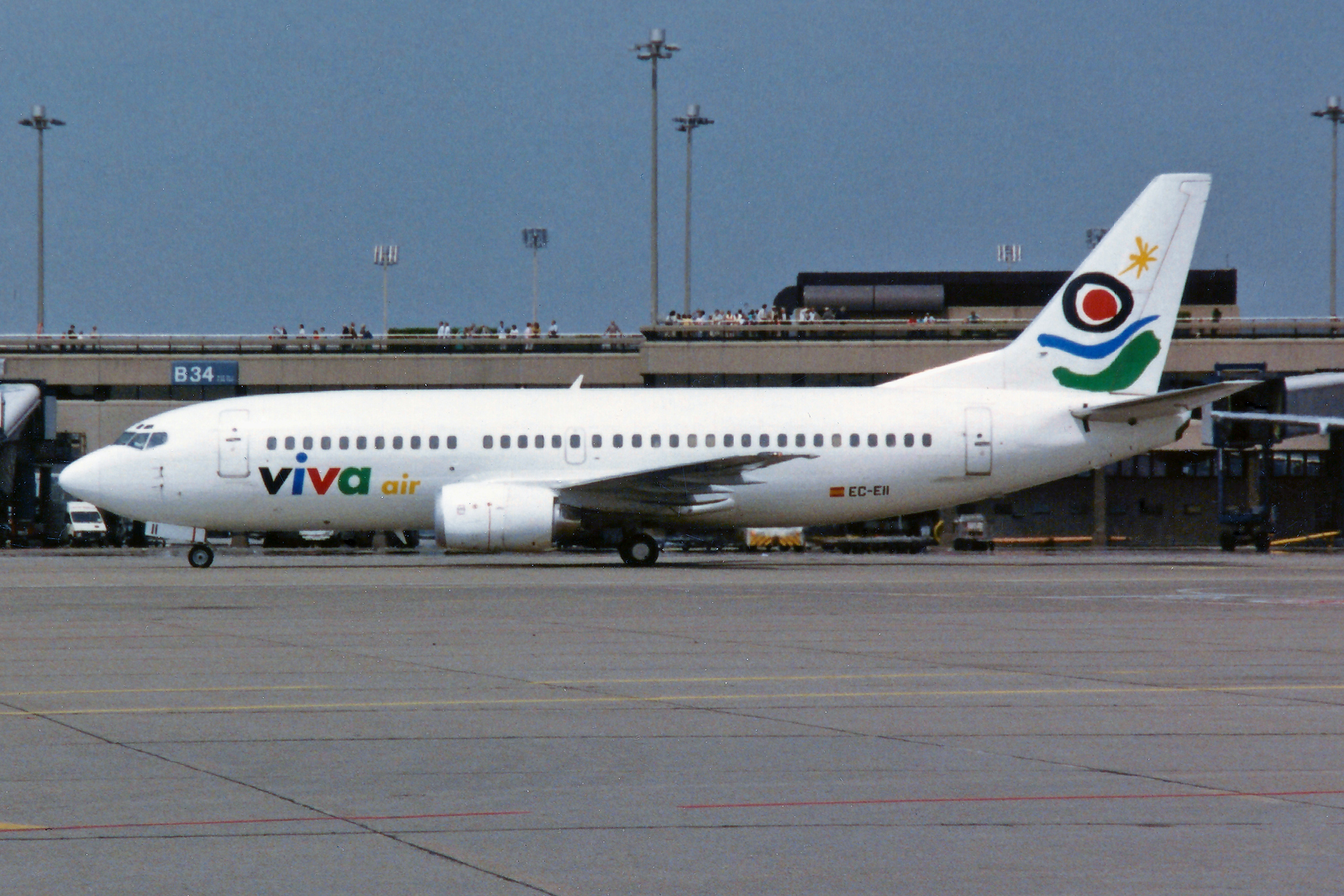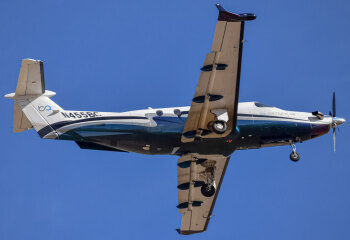Attitude and orbit control are two important concepts in the field of spacecraft engineering. Attitude control, or attitude determination, is the process of controlling the orientation and attitude of a spacecraft relative to the orbits of other objects in space. This is important for various reasons, including maintaining communications and navigation, as well as managing the spacecraft's power and thermal management. Orbit control, on the other hand, is the process of controlling the position and velocity of a spacecraft in its orbit around a larger object, such as a planet or star. This is important for mission planning and navigation, as well as for calculating trajectory and fuel consumption.
Attitude control is achieved through the use of thrusters, which are small rocket engines that can be used to provide a controlled thrust in a desired direction. The thrusters can be used to rotate the spacecraft around its center of mass in order to maintain the desired attitude. In addition, the thrusters can be used to provide small amounts of thrust in order to slow down or speed up the spacecraft's rotation. This is important for mission planning, as the spacecraft can be maneuvered to a desired attitude in order to point its sensors and communications systems in the desired direction.
Orbit control is also achieved through the use of thrusters, but in this case, the thrust is used to adjust the spacecraft's velocity. This can be used to raise or lower the spacecraft's orbit, which is important for mission planning and navigation. In addition, it can be used to correct the orbit of the spacecraft if it begins to drift away from its intended path. This is important for maintaining the desired trajectory and for avoiding collisions with other objects in space.
In addition to the use of thrusters for attitude control and orbit control, spacecrafts can also be equipped with reaction wheels and momentum wheels. Reaction wheels are spinning wheels that are mounted on the spacecraft, and when they are spun up, they can provide a small amount of torque that can be used to rotate the spacecraft around its center of mass. Momentum wheels, on the other hand, are spinning wheels that are mounted on a gimbal, and when they are spun up, they can provide a torque that can be used to adjust the spacecraft's velocity and thus control its orbit.
Overall, attitude control and orbit control are two important concepts in the field of spacecraft engineering. Without them, it would be difficult for spacecrafts to achieve their mission objectives. As such, engineers must pay close attention to both concepts in order to ensure that the spacecraft's attitude and orbit remain stable and under control.






Comments